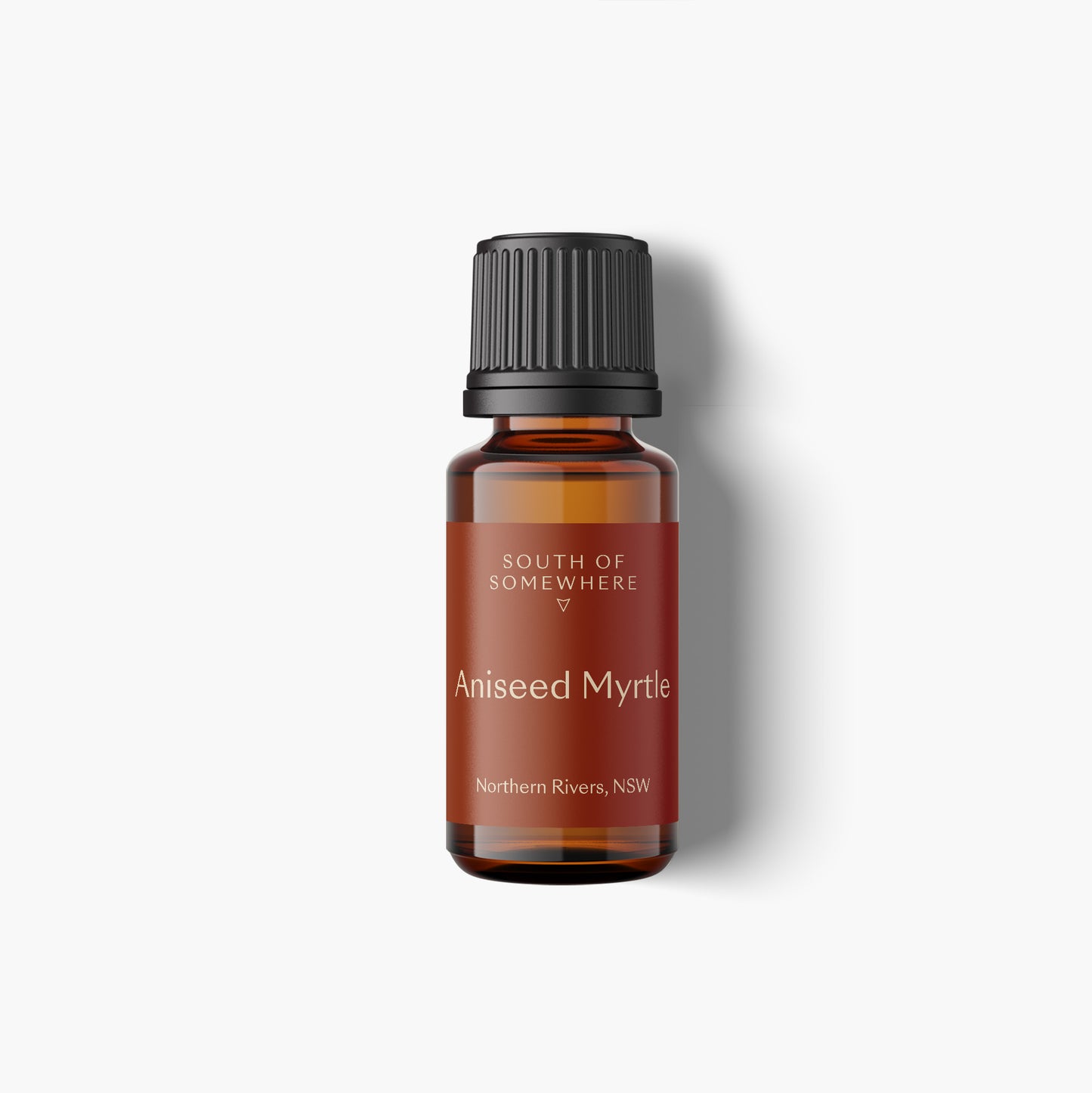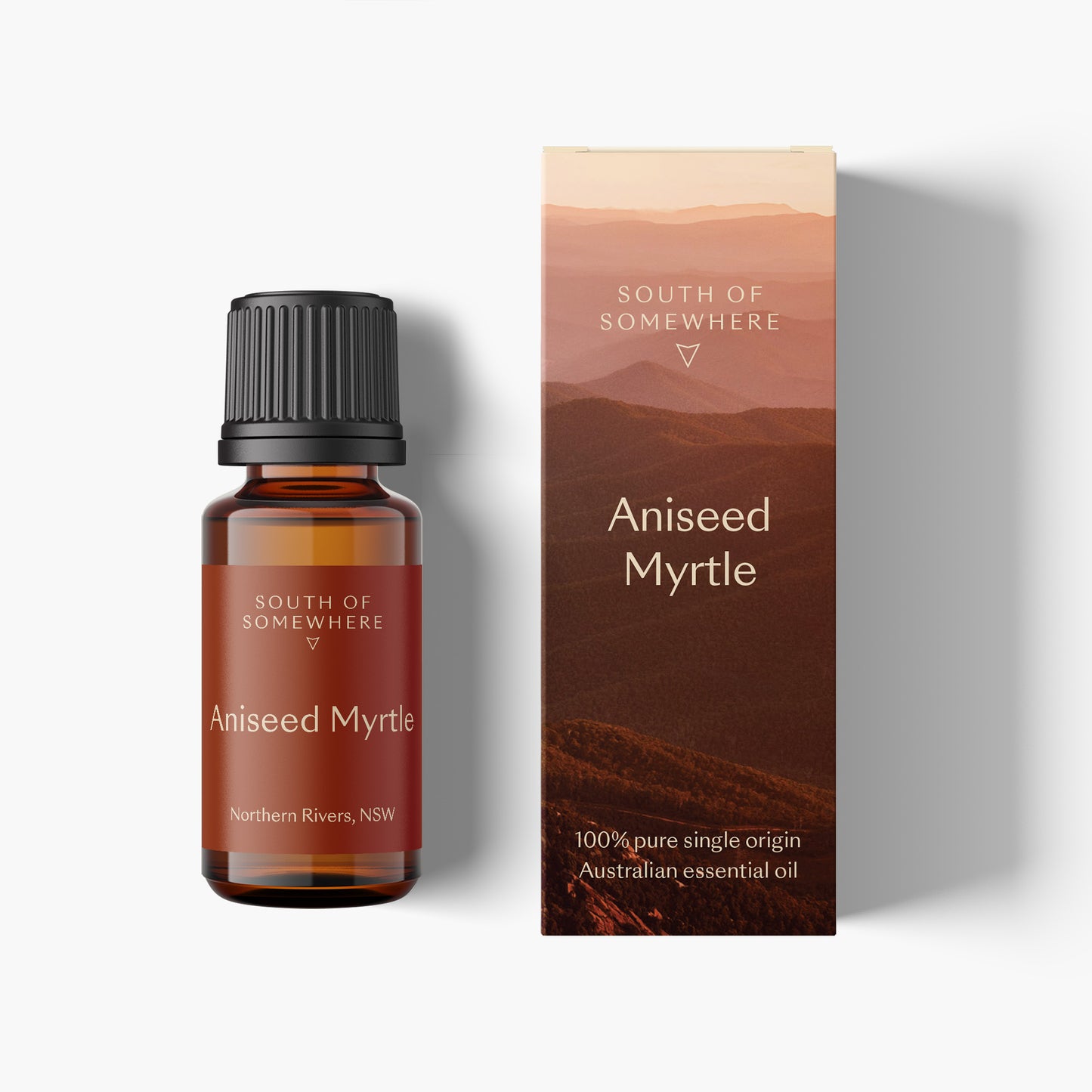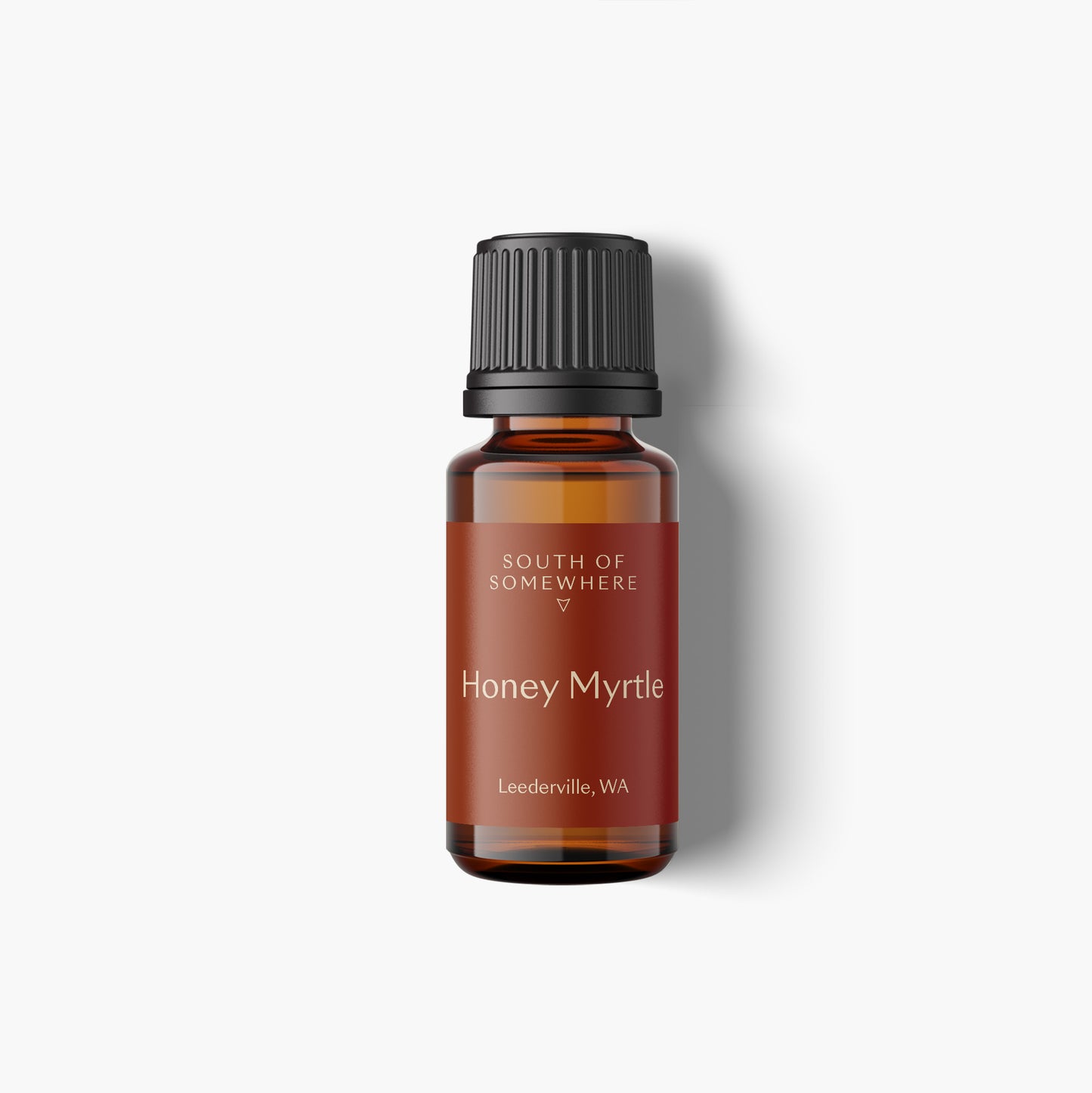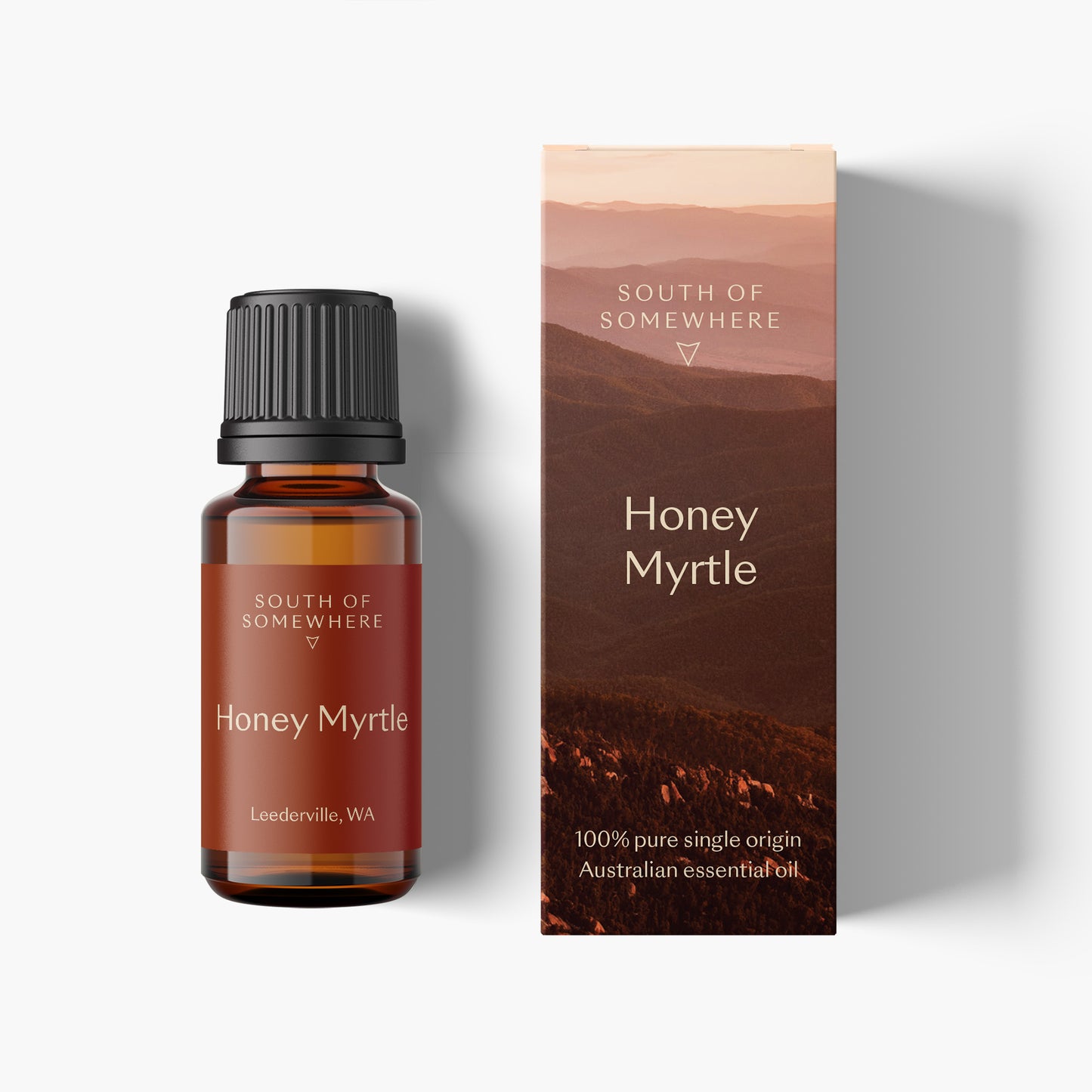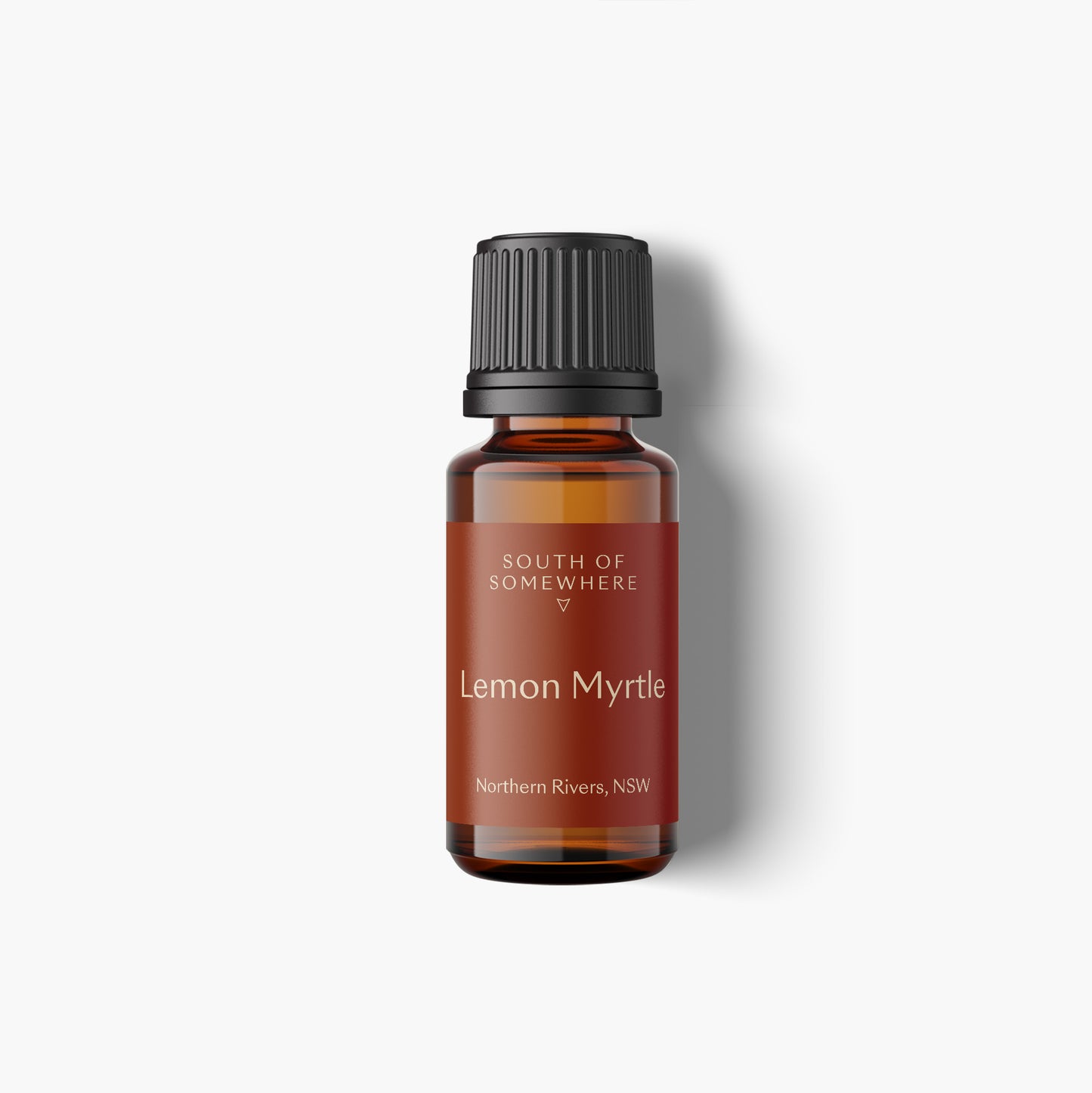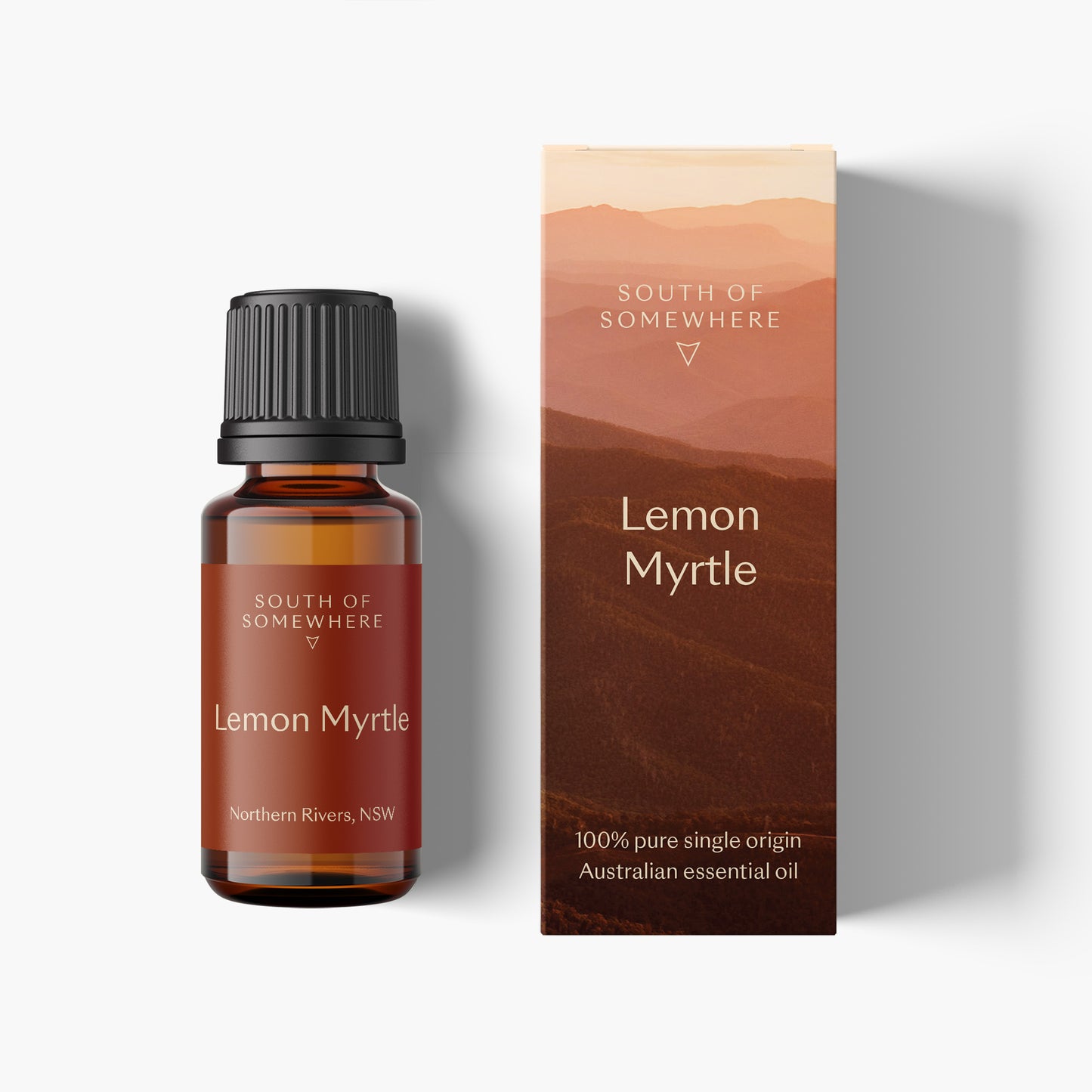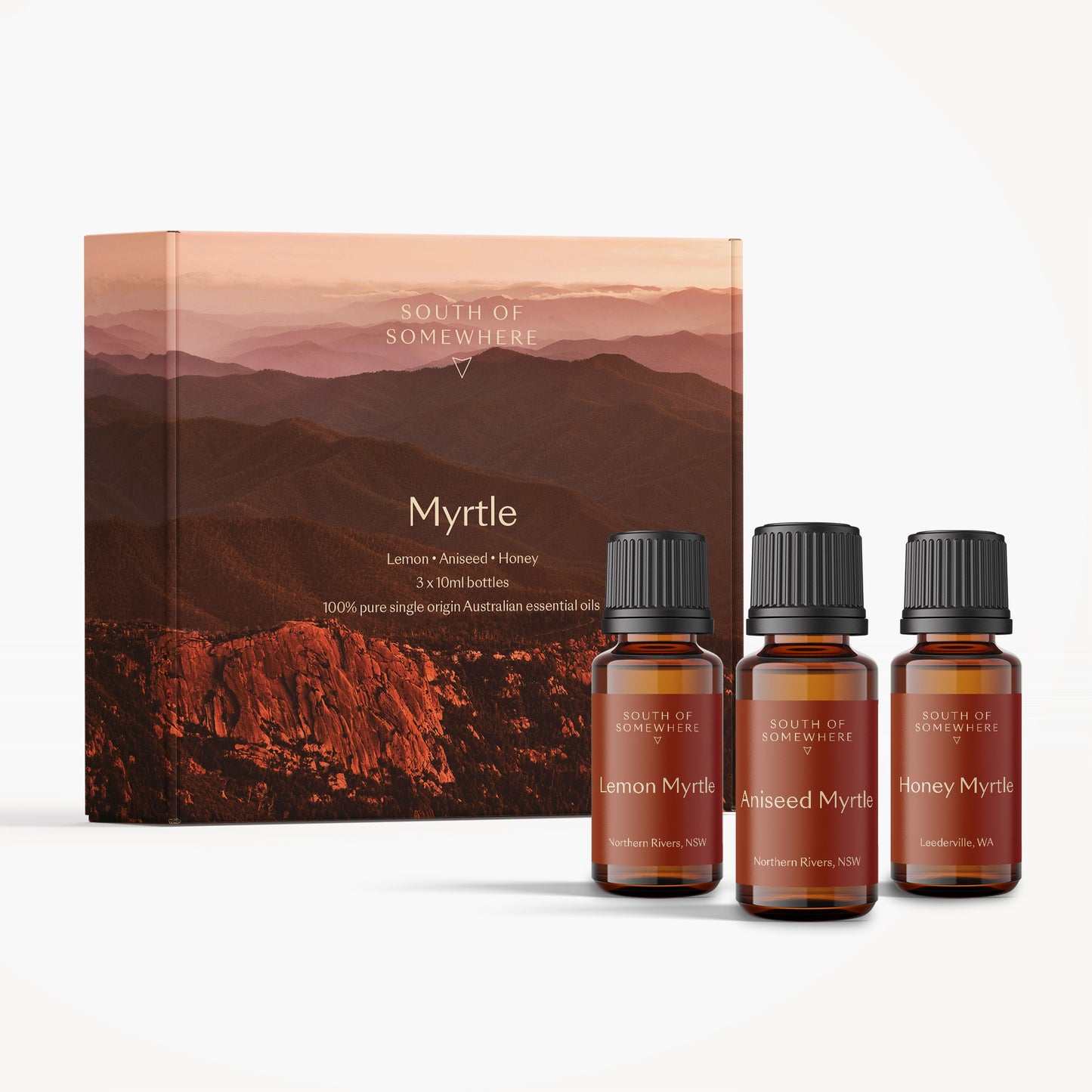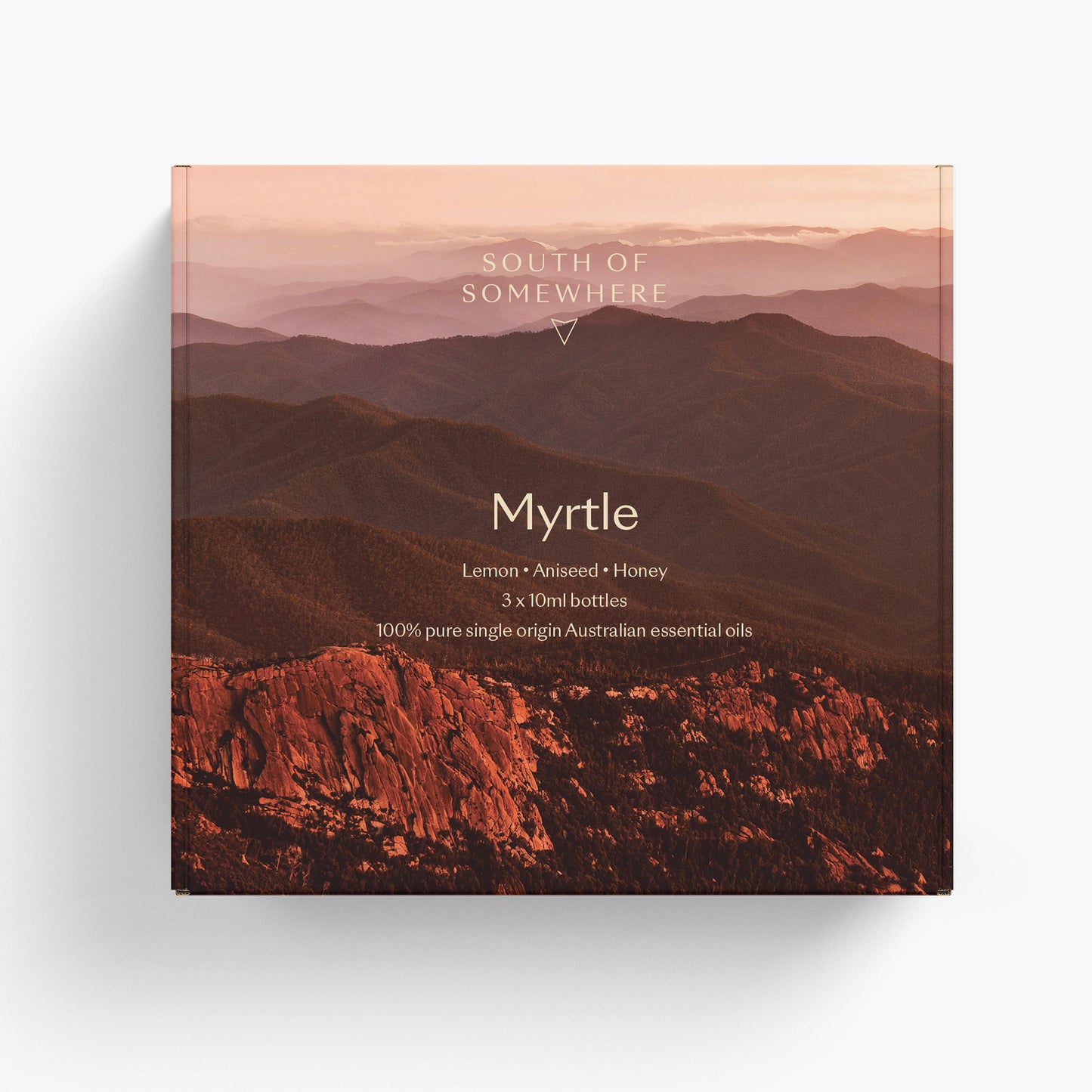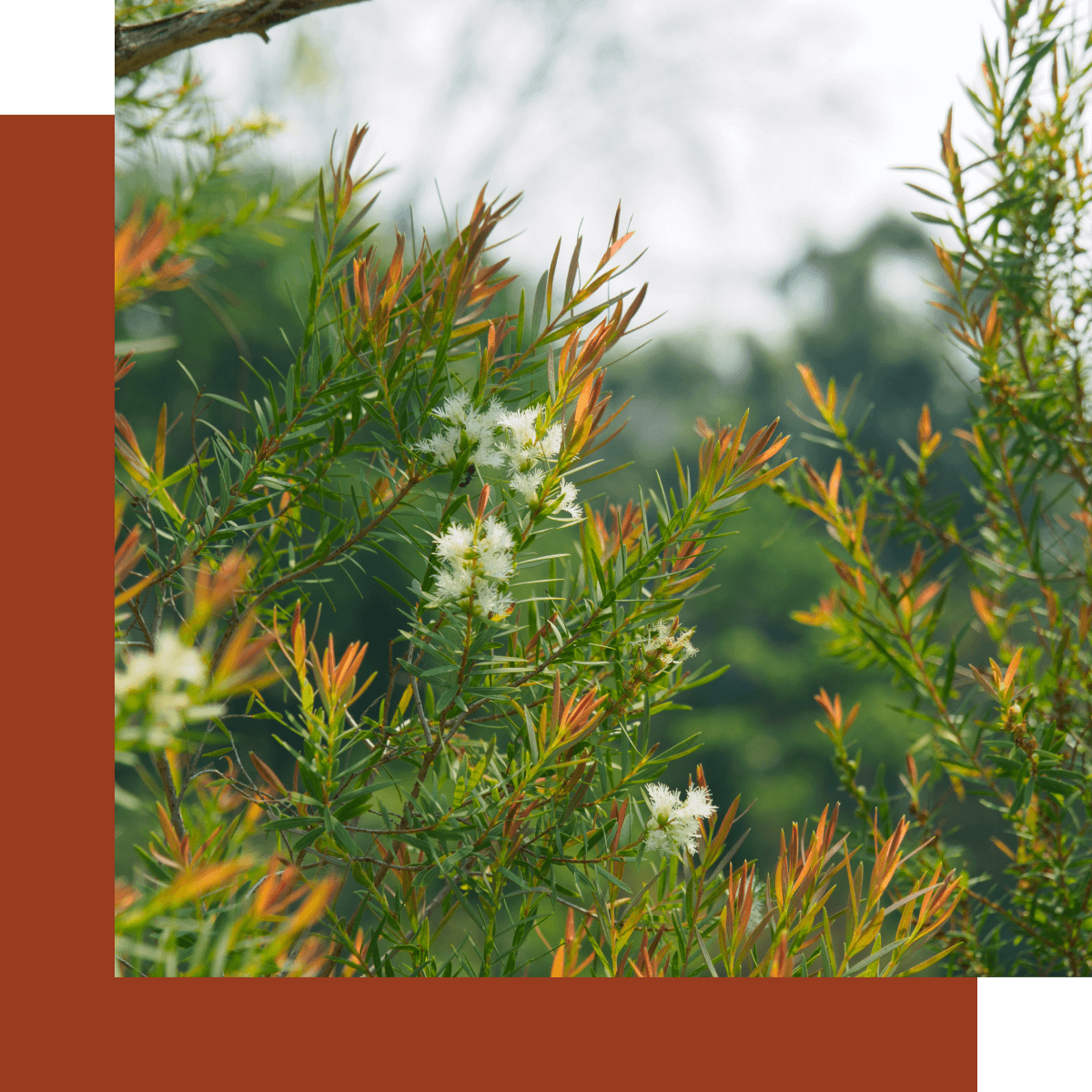
About Honey Myrtle Essential Oil
It is said to be good for relaxation and calming the nerves. It also has good antiseptic qualities. Produced on a plantation in WA and owned by one family since 1997. The only farm producing Honey Myrtle essential oil on a commercial level.

History & Traditional Uses
Honey Myrtle is a resilient plant that is adorned with delicate white flowers during late spring and summer. The oil, which is steam-distilled from the soft flowers and branches, boasts antimicrobial, antiviral, sedative, anti-fungal, and anti-inflammatory properties.
Being rich in citral (typically 70 – 85%) this essential oil has a sweet lemon fragrance that is calming and uplifting when inhaled. It presents a pleasant and surprising complexity not usually associated with the more traditional lemon-scented essential oils. As such, this beautiful oil can be used to help quieten the mind, enhance concentration and bring about a sense of peacefulness. It also makes a great deodoriser and can be used in an oil burner or vaporiser, added to body care products and used in cleaning products.
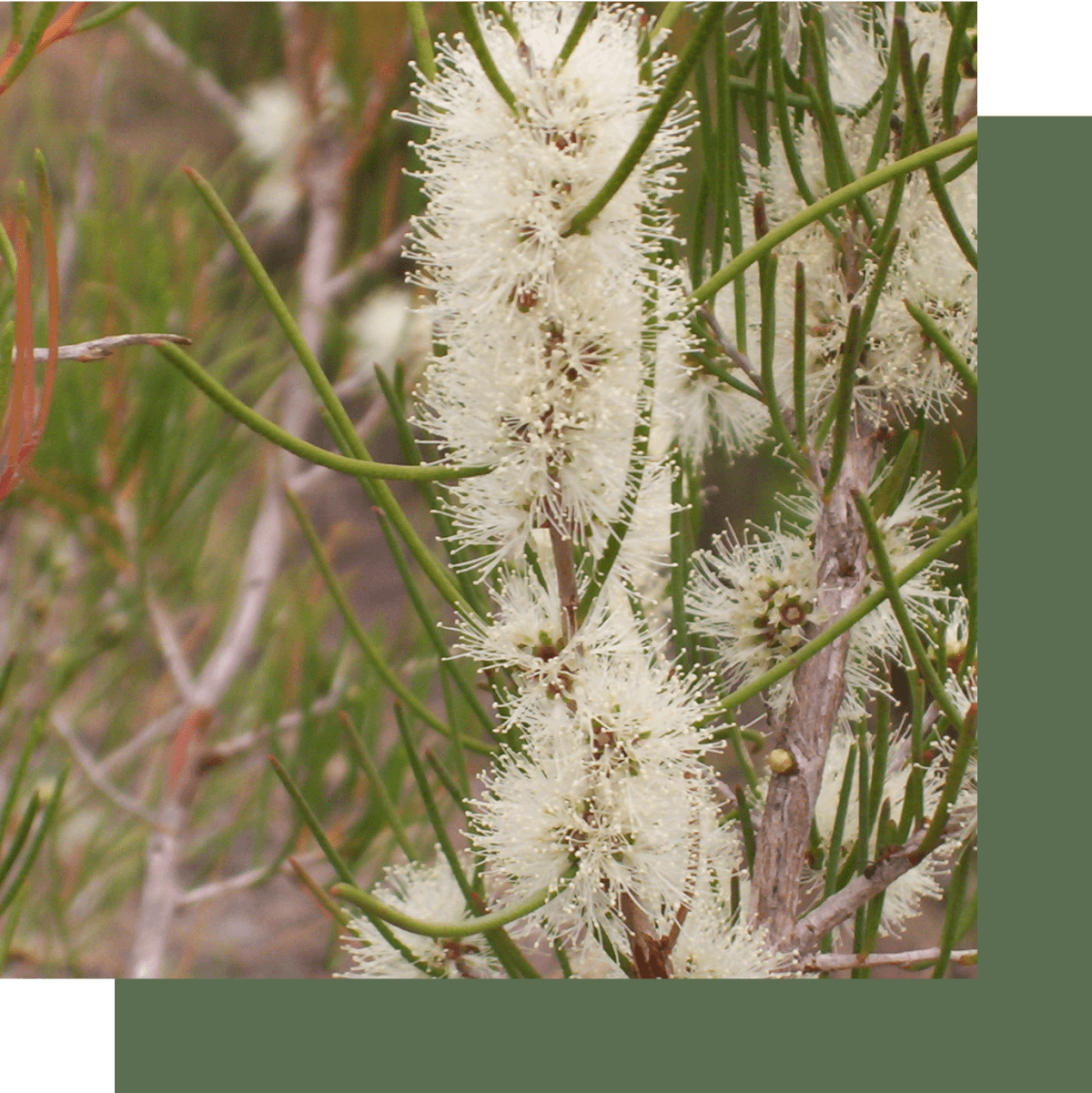
Agriculture, Harvesting & Distilling
Our Honey Myrtle farmers practice a commitment to farm as sustainably as possible, and to preserve the remnant vegetation and wetlands on their farm. Seedlings are grown and hardened at a local nursery, and planting is typically undertaken during the winter months.
The plantation trees are harvested to just above ground level, using a forage harvester. The harvested biomass is cut into one to two centimetres and fed into bins which are then taken to the distillation shed, where the oil is extracted via a process of steam distillation. The biomass is heated by passing steam through the bins, causing the oil to vaporise. The steam and vaporised oil are then condensed and separated into water (or hydrosol) and oil.
The spent biomass after distillation is spread back into the plantation in thick bands between the plantation rows. This mulch acts as a weed suppressant, helps to keep the soil cool and moist during our hot summer months, and is a valuable source of nutrients for the plants.









